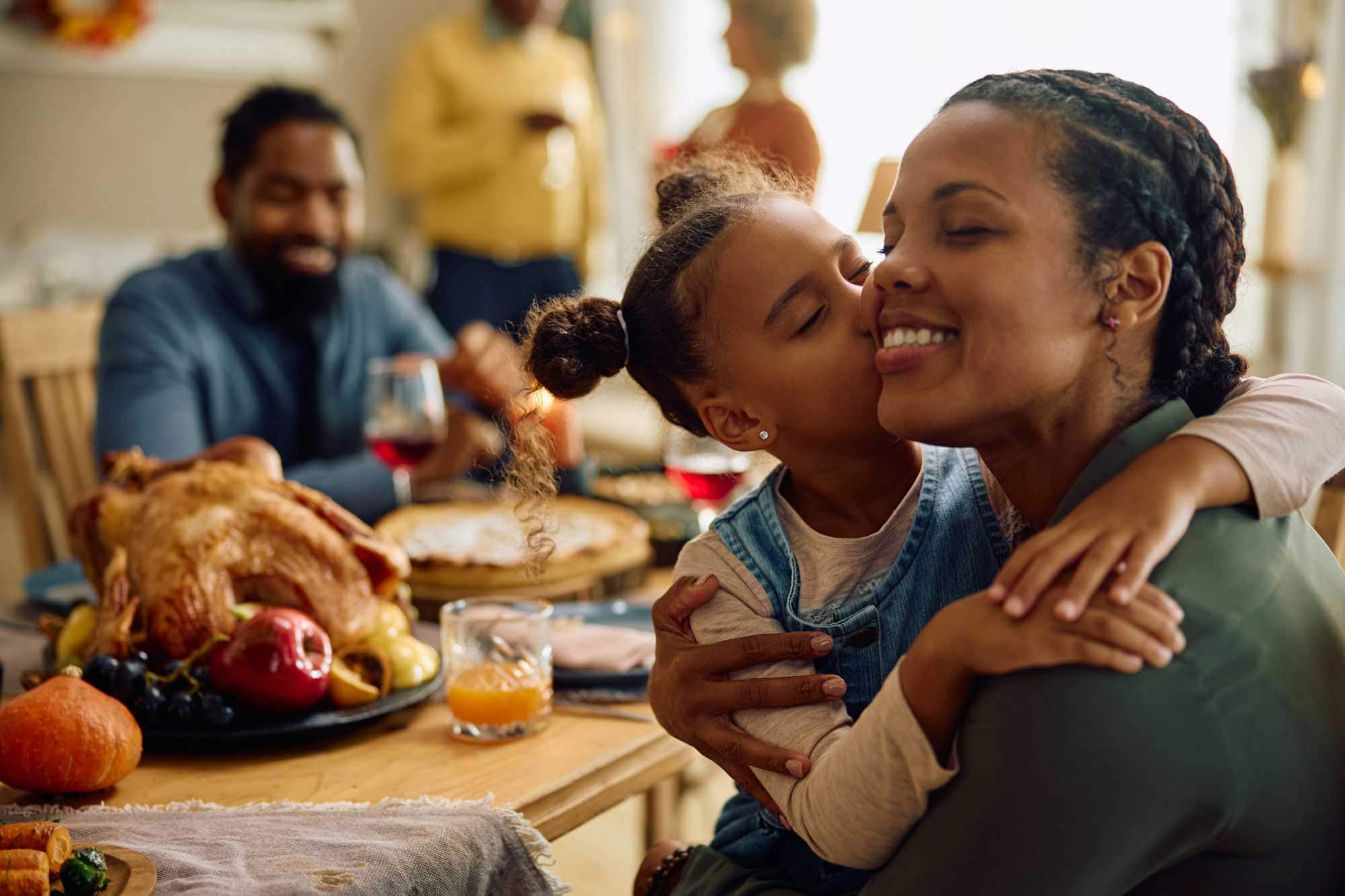
Promoting Gratitude in Children: A Compassionate Approach
Have you ever found yourself frustrated when your child forgets to say ‘thank you’ or displays rudeness at a formal family gathering? Perhaps you wish your child would express more gratitude. With an abundance of food, gifts, toys, schedule shifts and traditions, there’s a lot of pressure on children to show appreciation.
How can we foster authentic gratitude in children without making it feel like a demand?
Here are a few simple guidelines we implement at Westcliff Early Learning Academy:
- Lead by Example: Children are keen observers. They pick up on behavior they see in adults. So, model gratitude in your daily life.
- Point Out Acts of Appreciation: Highlight moments when others express gratitude, be it a thank you or a kind gesture. Point out when others show appreciation- even if it’s nonverbal. You might say, “You helped her carry that, and when you did, she smiled. I bet she felt very grateful for the help.”
- Create a Gratitude-Centric Home Environment: Instill values of appreciation by making gratitude a part of your family culture. Appreciate little moments “thank you for getting your sister her toy!” Thank children and acknowledge their efforts even if the outcomes aren’t ideal. “You were carrying that water and it spilt. Thank you for wiping it up so nobody slips.”
- Recognize Overstimulation at Social Events: Understand that social gatherings can overwhelm young children. They may enjoy the attention, but sharing it or being in the spotlight might be too much. At Westcliff Early Learning Academy, our classrooms are designed to support these fluctuating emotions with understanding and empathy through our environments. There will be serene corners where children can retreat when they seek a moment of tranquility. Simultaneously, there will be spaces that promote children coming together, fostering a collaborative atmosphere. The design ensures that the areas are not imposed, but willingly offered, an open invitation for children to navigate their unique needs.
- Prioritize One-on-One Time: Before heading to an event that you anticipate might drain your child, ensure you’ve had quality one-on-one time. When their emotional cup is full, the likelihood of behavioral issues decreases.
- Infuse Laughter and Lightness: While you might want your child to be polite or follow the rules, remember to infuse laughter and playfulness into situations. Lighten the mood by singing silly songs or playing funny games to lighten a child’s mood.
- Acknowledge Differing Truths: Recognize that there can be more than one truth. A child may desire a toy, but become disappointed once they have it. Instead of logical explanations, (‘You said you wanted it!’) meet them with empathy in the moment of distress and return to address the lesson when they are emotionally ready (This toy looked a lot different in the ad didn’t it? What does that tell us? What can we learn from this?)The first step is to support an emotionally dysregulated child. Once the child is calm then they can talk and reflect through the difficult situation together.
As the seasons unfolds, we hope these tips will be a source of support for you and your family, nurturing an enduring attitude of gratitude.

